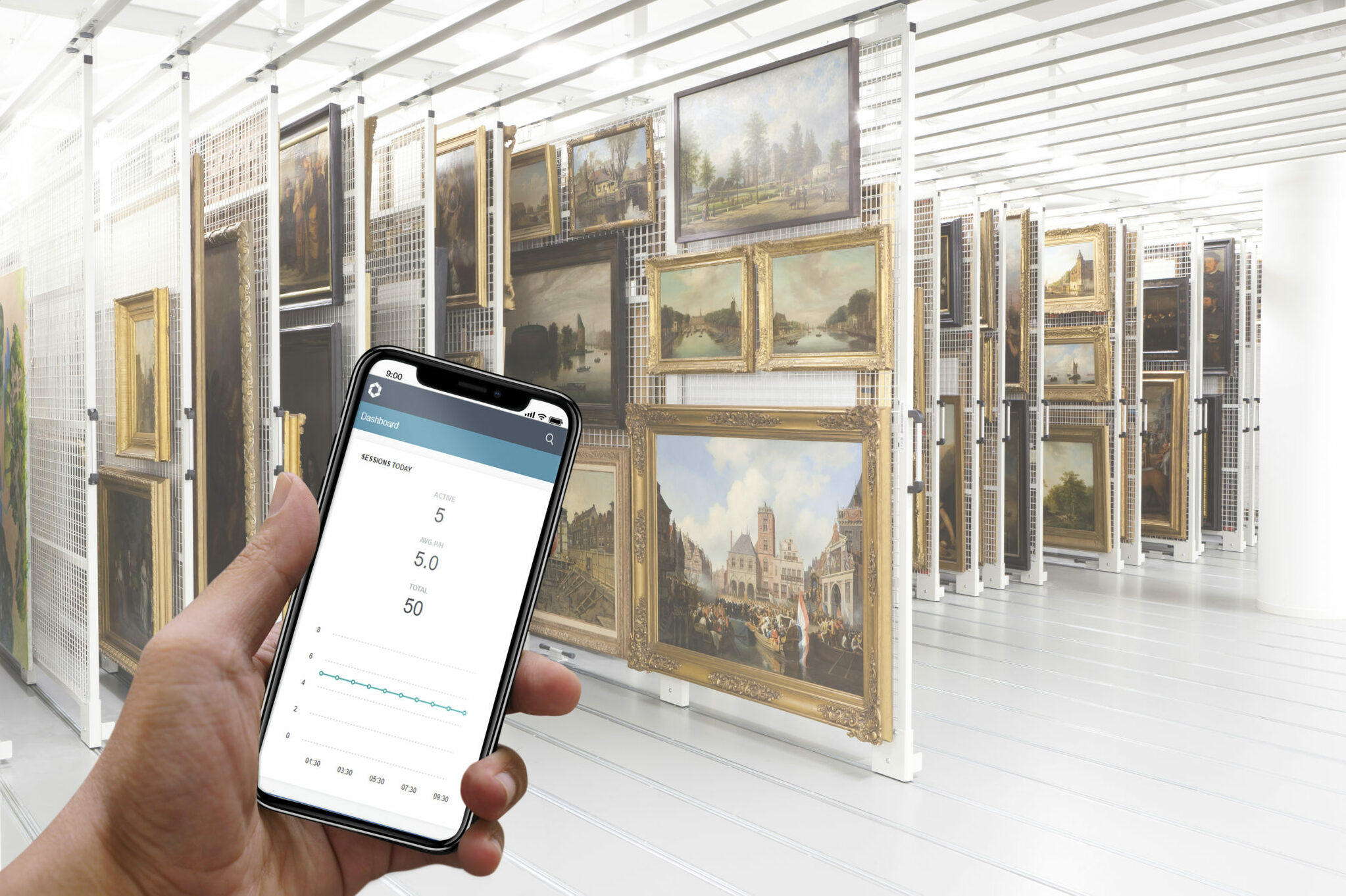Across the project, the following milestones will be met:
- Review of Related Research (Months 2-10): Ongoing review of related literature and research projects – in the UK and overseas – especially on how people access cultural heritage information online during the COVID-19 pandemic and afterwards. This will enable comparisons to be made with our own data analysis, thus leading to more impactful conclusions.
- Log Analysis (Months 2-7): Log analysis of the National Museums of Scotland and National Galleries of Scotland online collections for the period of April 2020 to March 2021. Comparisons of log data with the previous month /quarter, as well as data for the same month/quarter in the previous 3 years will lead to the preparation of a trend report showing: (a) how people engaged with collections during each month of the 12-month cycle; whether and how the lockdown has changed people’s behaviour; and whether the digital access has changed because of other contemporary events/movements like ‘Black Lives Matter’ (https://blacklivesmatter.com/) or Gender Equality and Culture (Unesco), (b) which collections drew more users and whether they are on the institutional site or external sites like Google Art Collection, Youtube, etc.; (c) whether online content has drawn new audiences – national/international – during the 12-month period, and (d) whether search patterns are noted at specific collection level, e.g. in terms of international vs. national/local users, language of search terms etc.
- Building Search Pathways (Months 4-9): Development of different search pathways for each collection – National Museums of Scotland and National Galleries of Scotland – showing how digital users typically begin and end searches on specific collections/topics. 2-3 case studies will be developed for each organisation, which will focus on the most frequently accessed collections. Each case study will hone in on a specific group of commonly accessed objects to examine search indexes, which will then be used to build a cluster of topics and search terms entered by the users, as well as the semantic representation of the items finally accessed by them at the end of the search pathway. This will lead to the development of indicative guidelines for linking specific collections/items using collection data standards informed by user-driven searches. In addition, the results may lead to the development of guidelines for building technologies such as ontology- and AI/Machine Learning-driven approaches for linking collections and items combining the semantics-based representation and user-driven representation;
